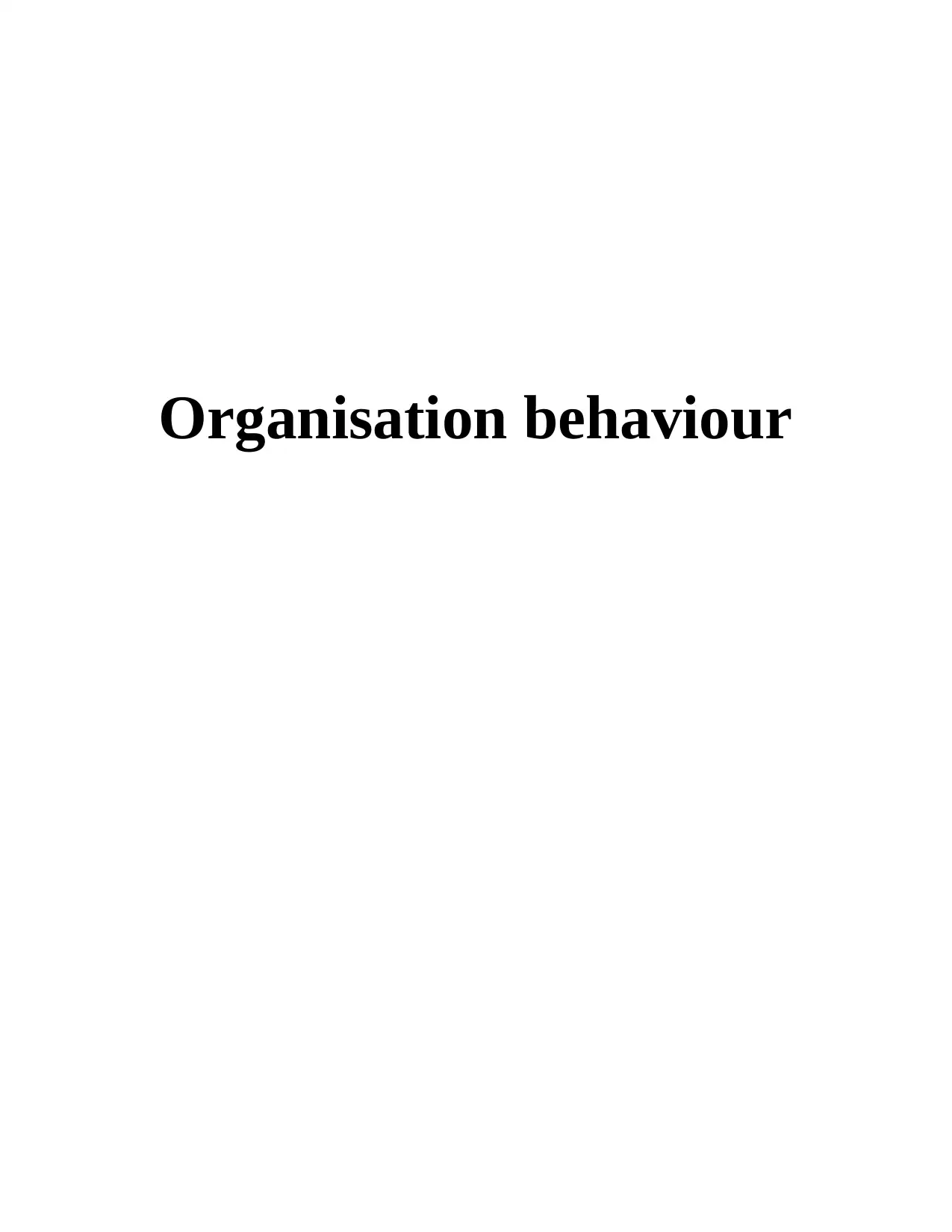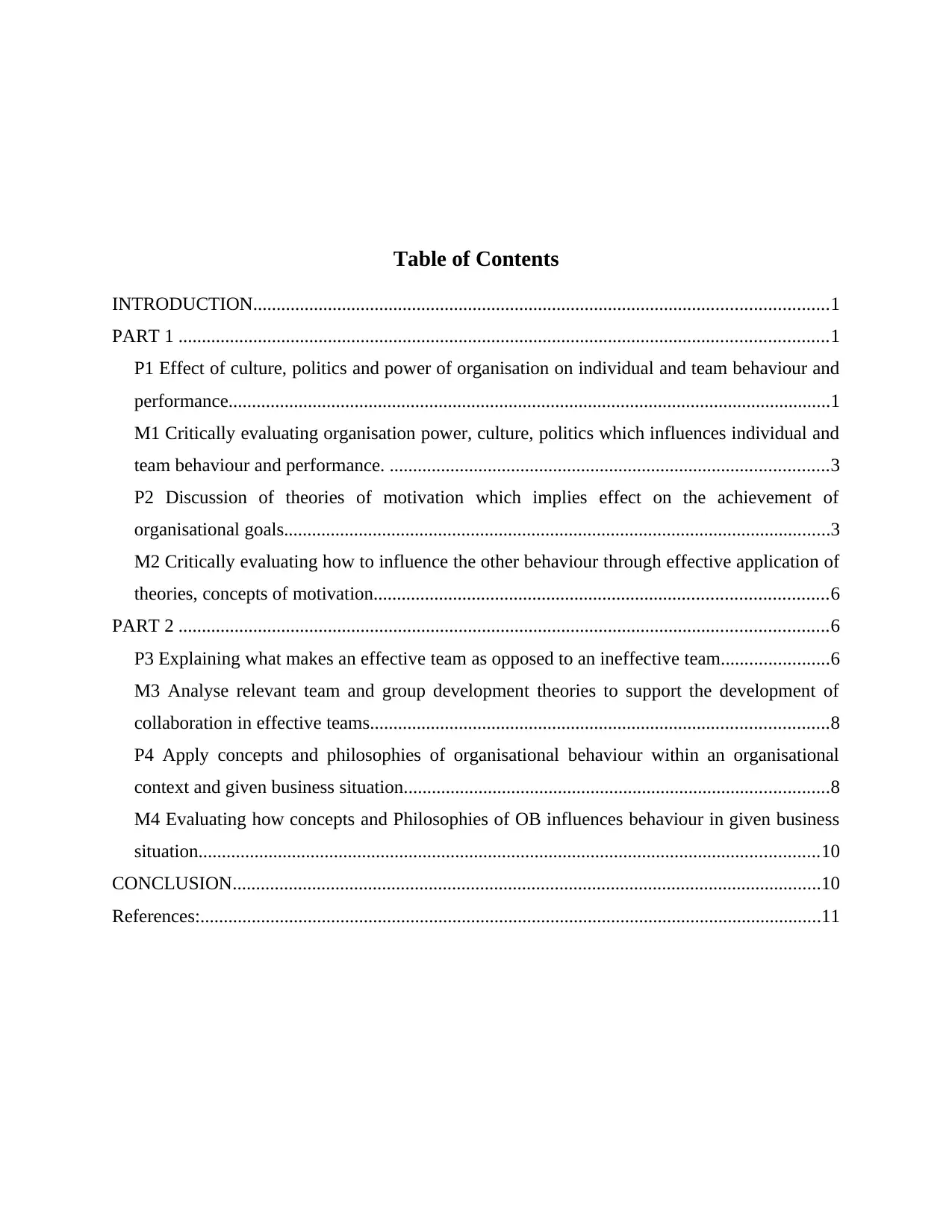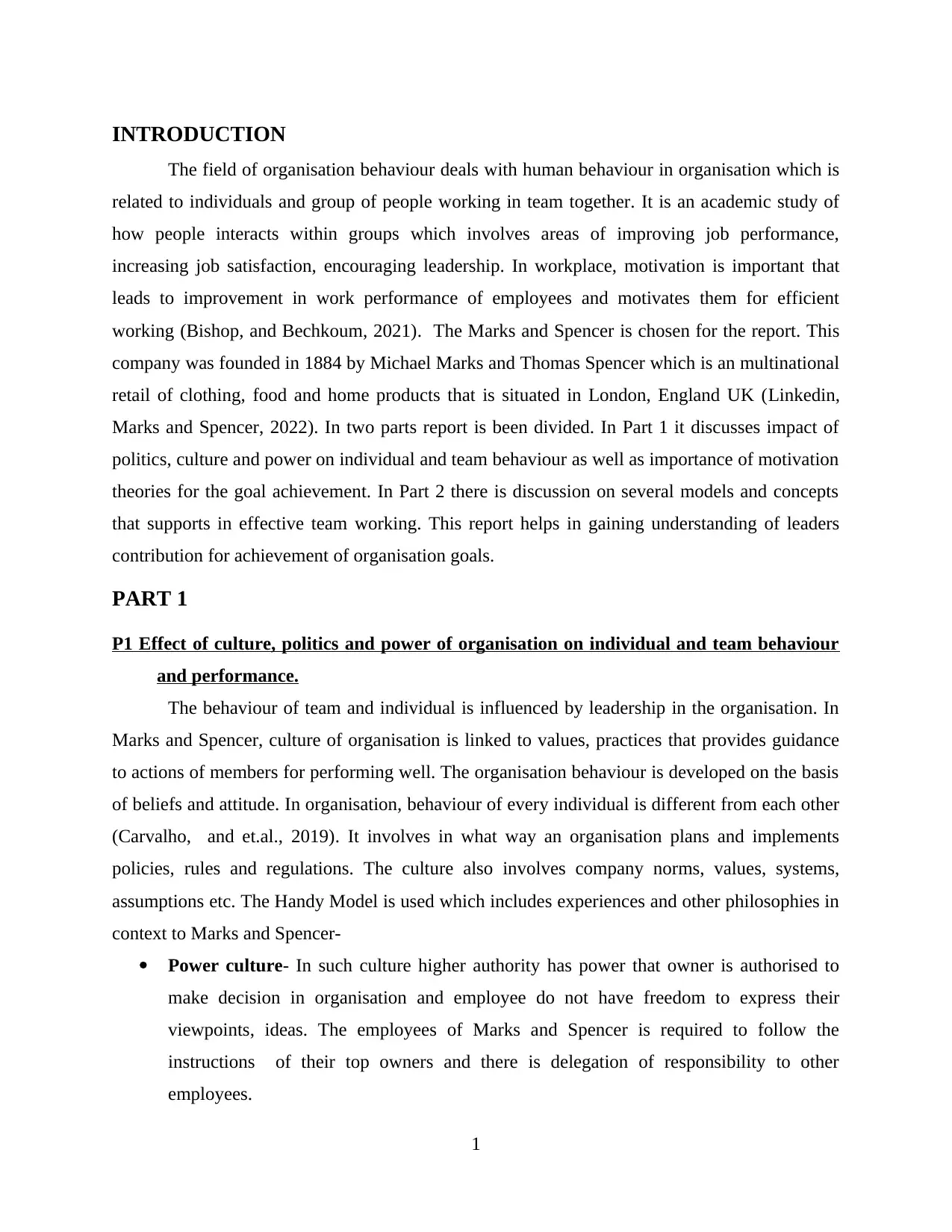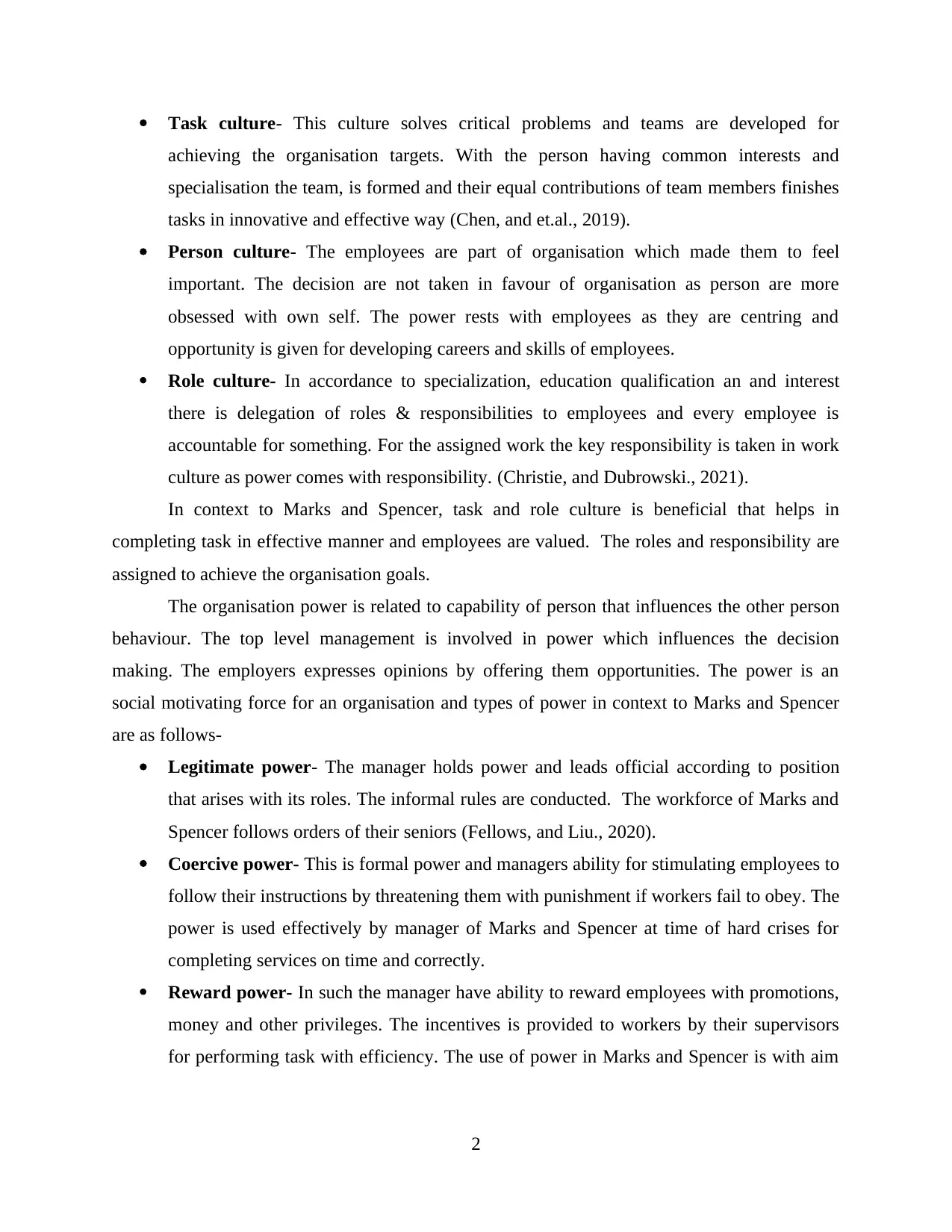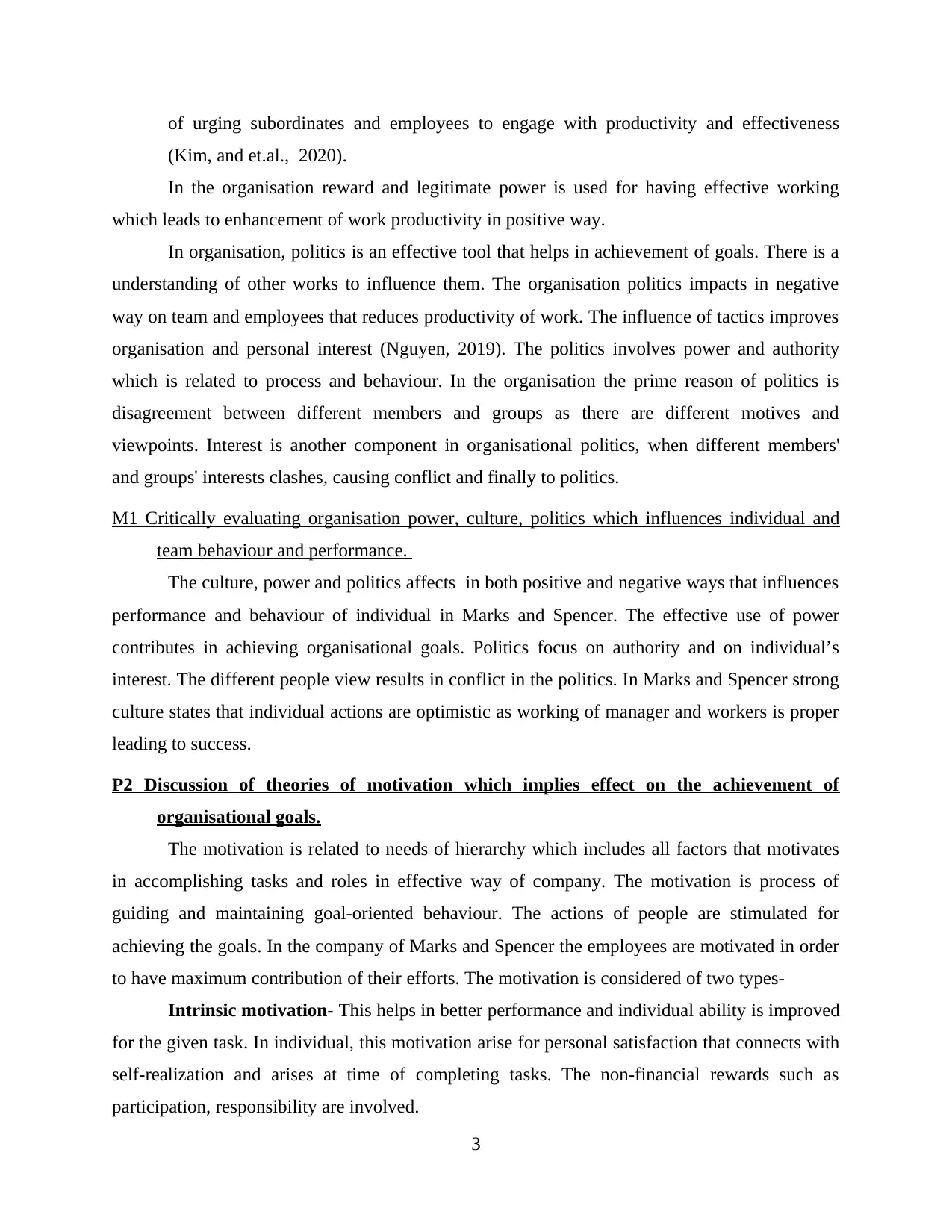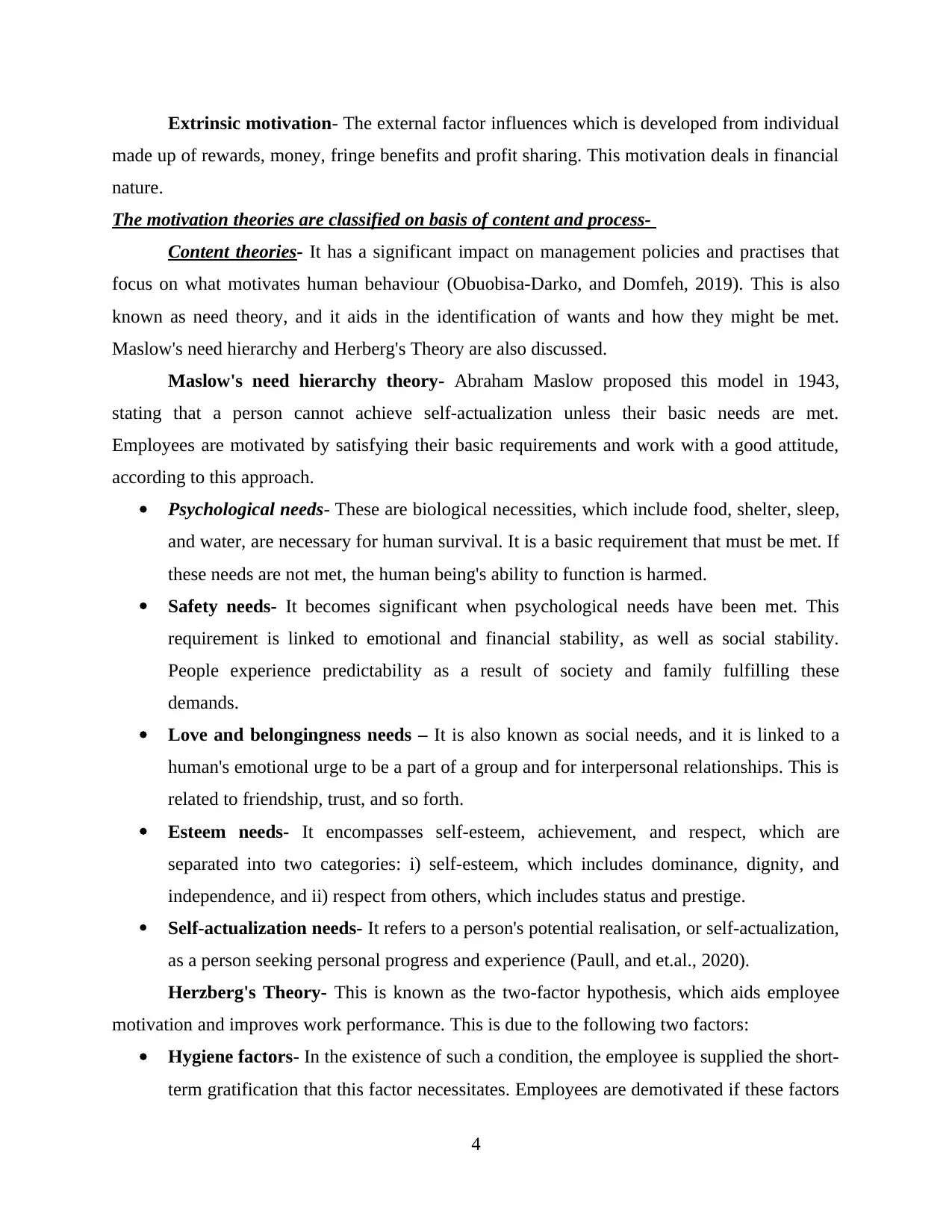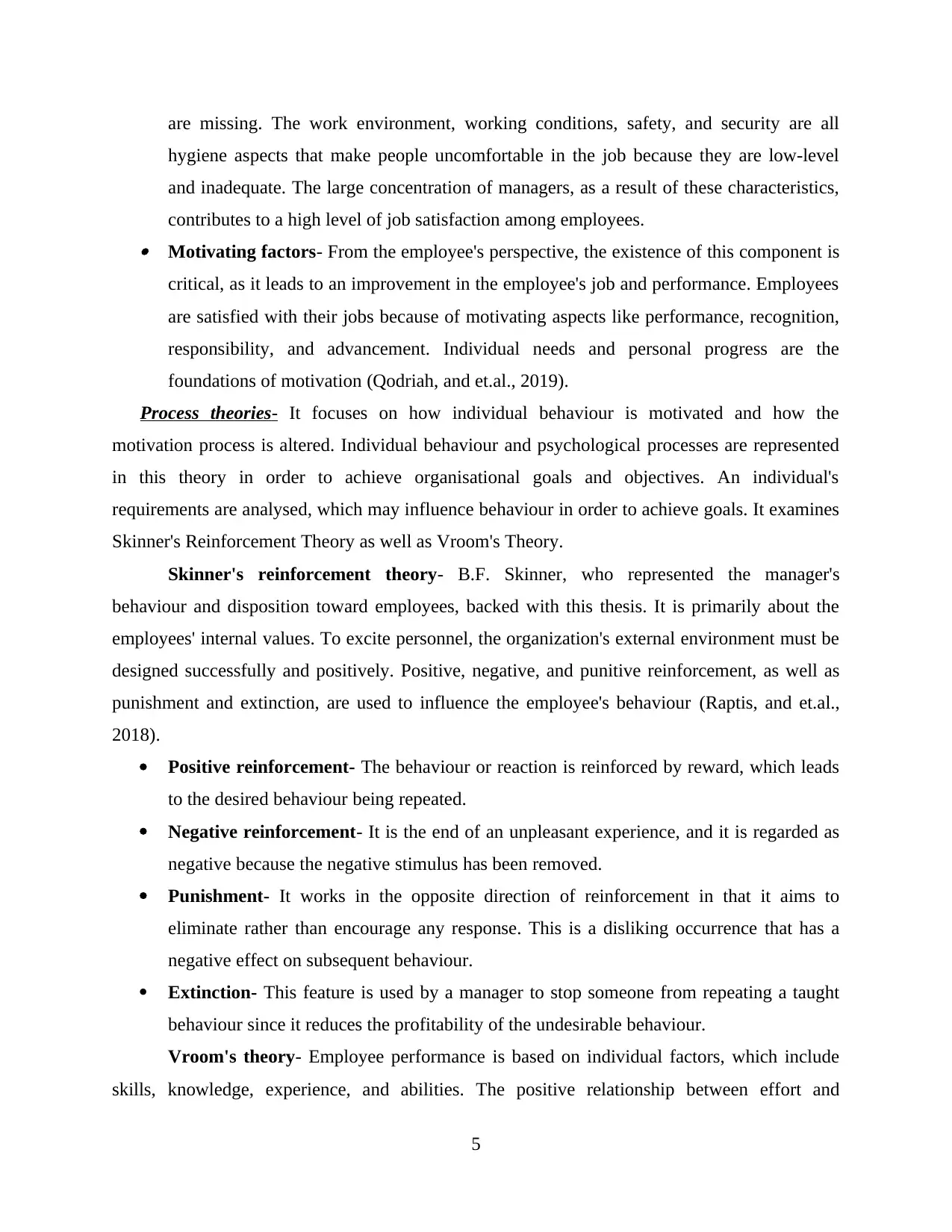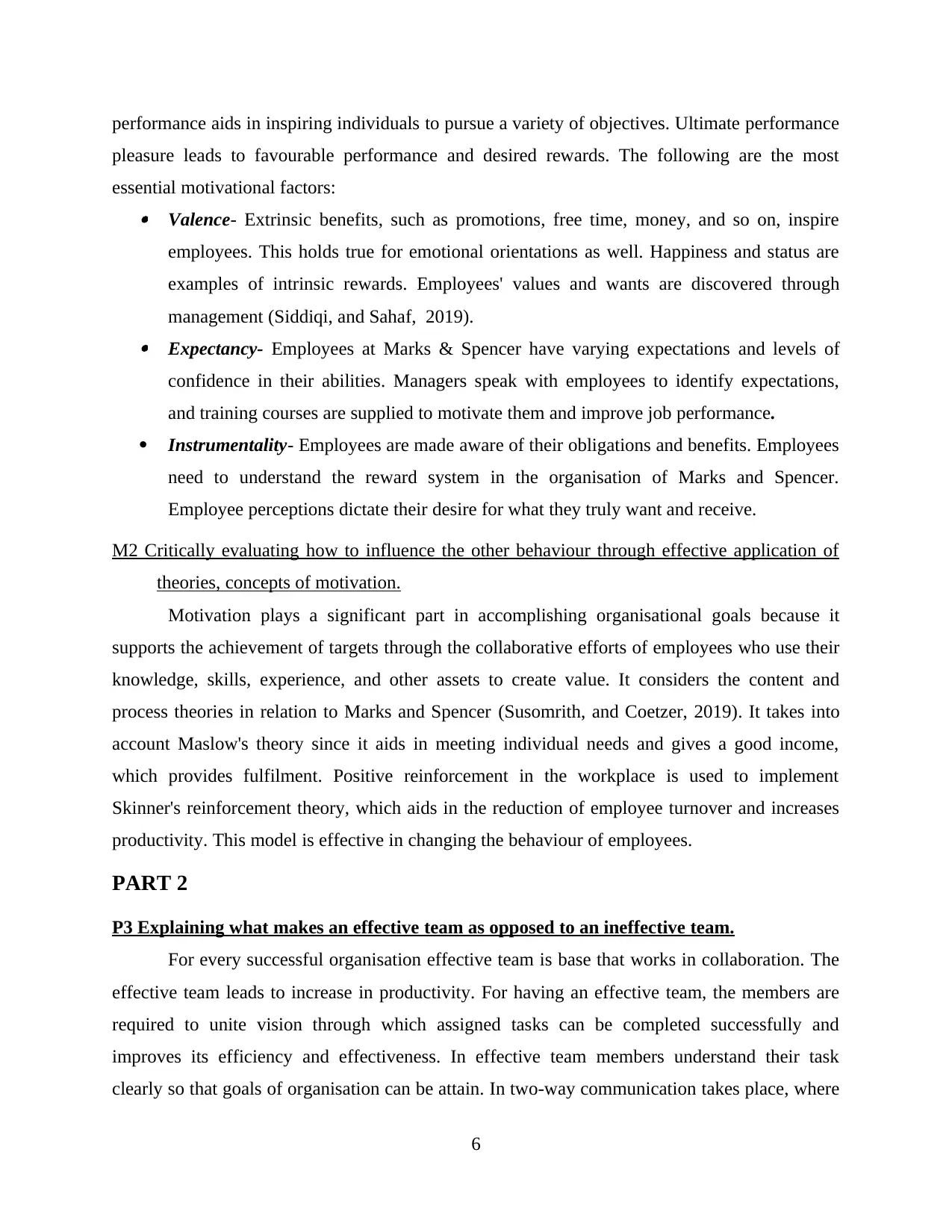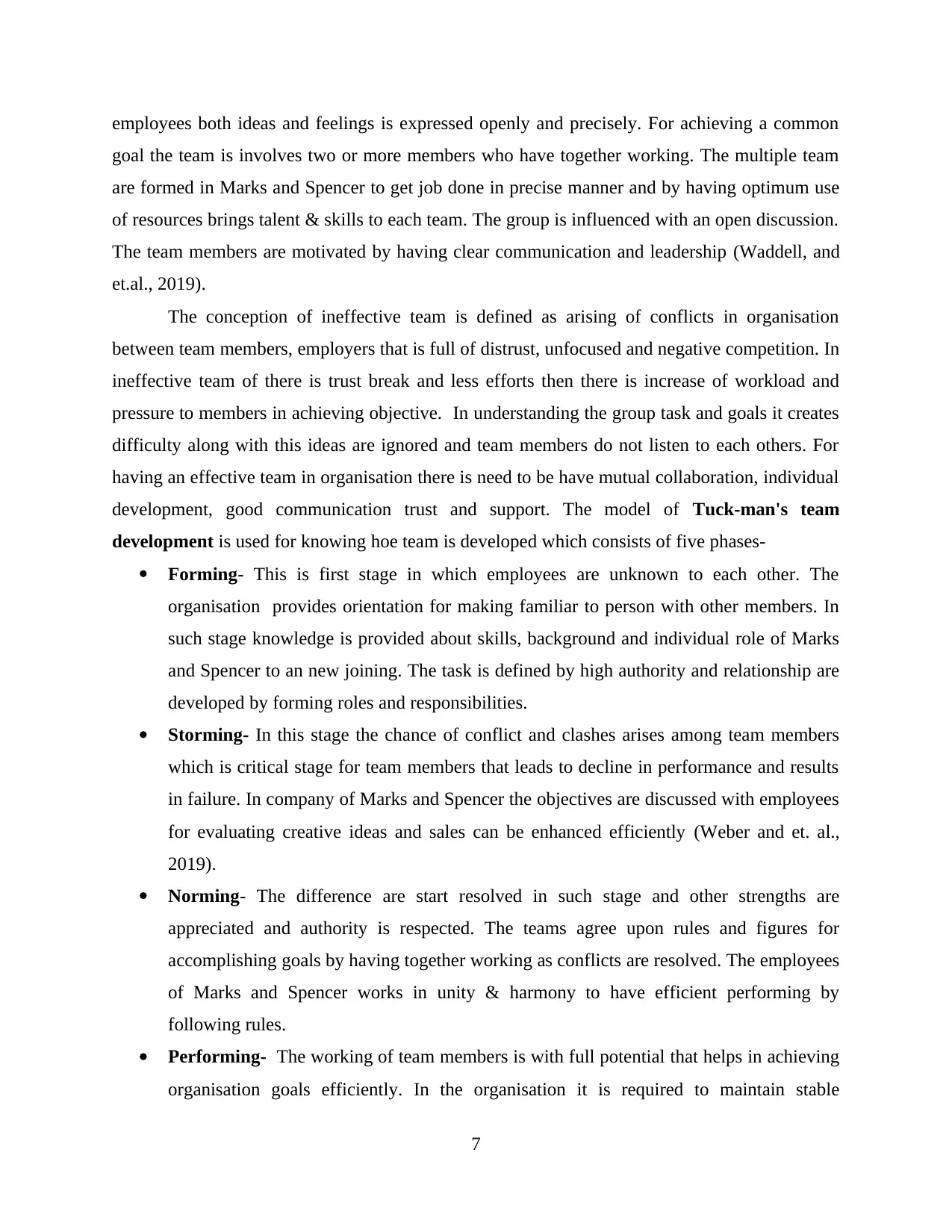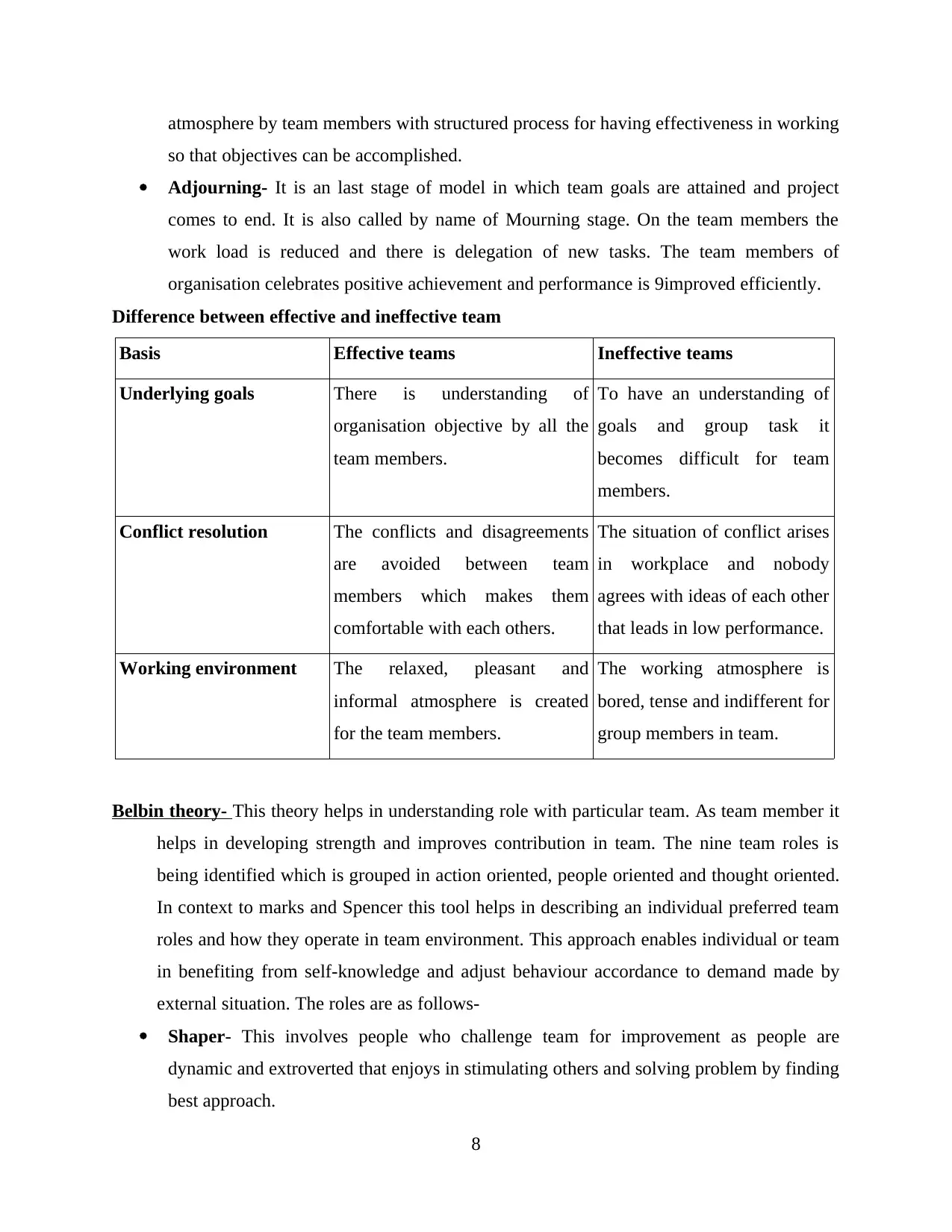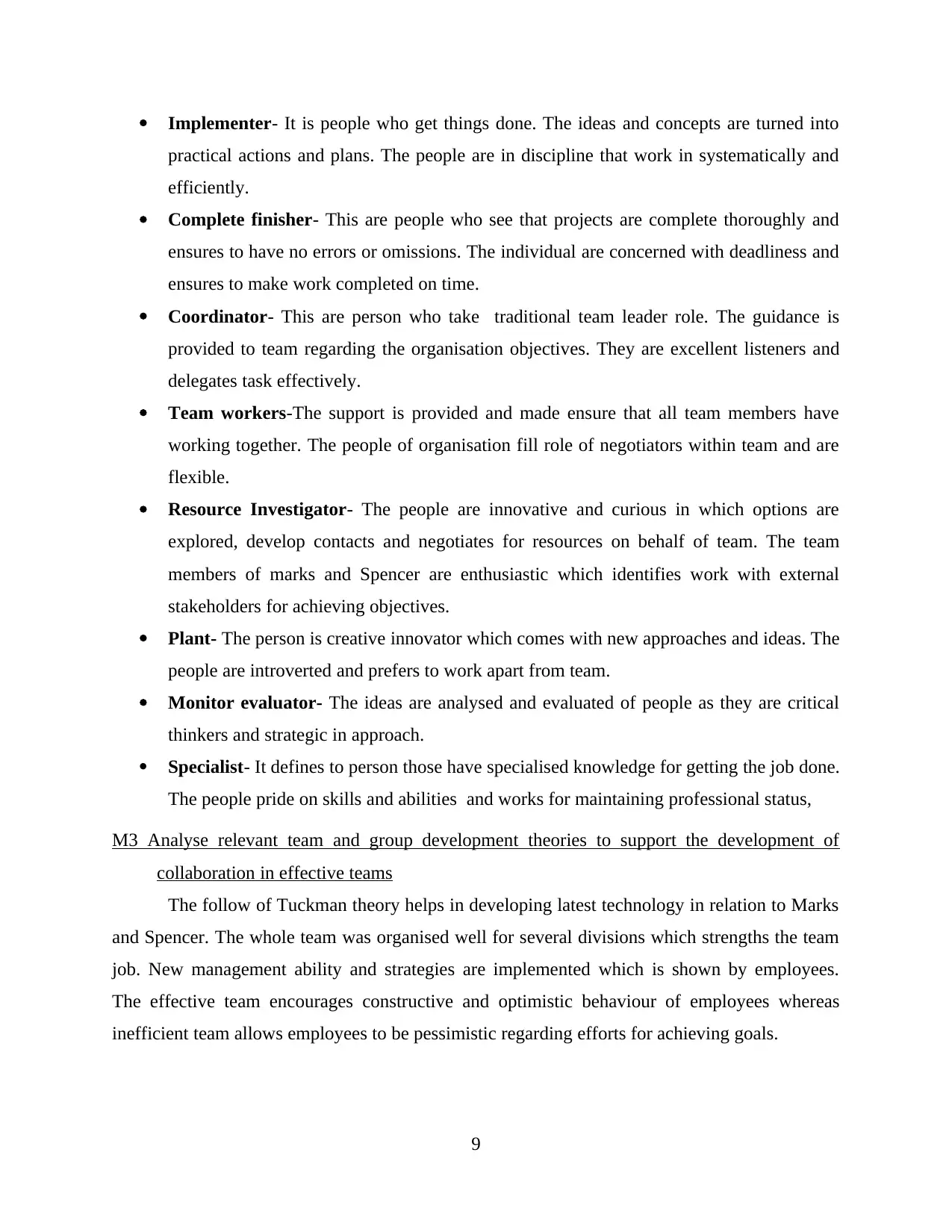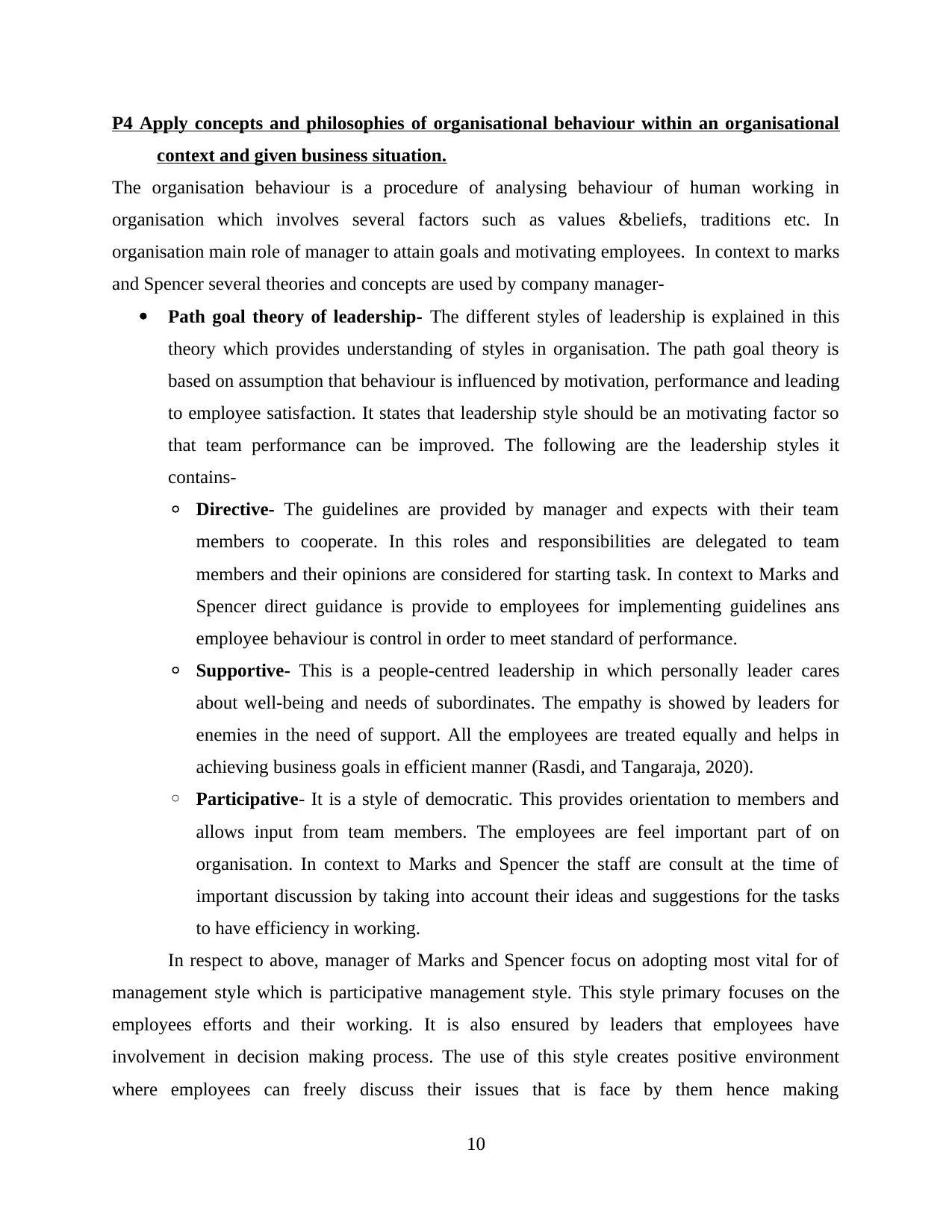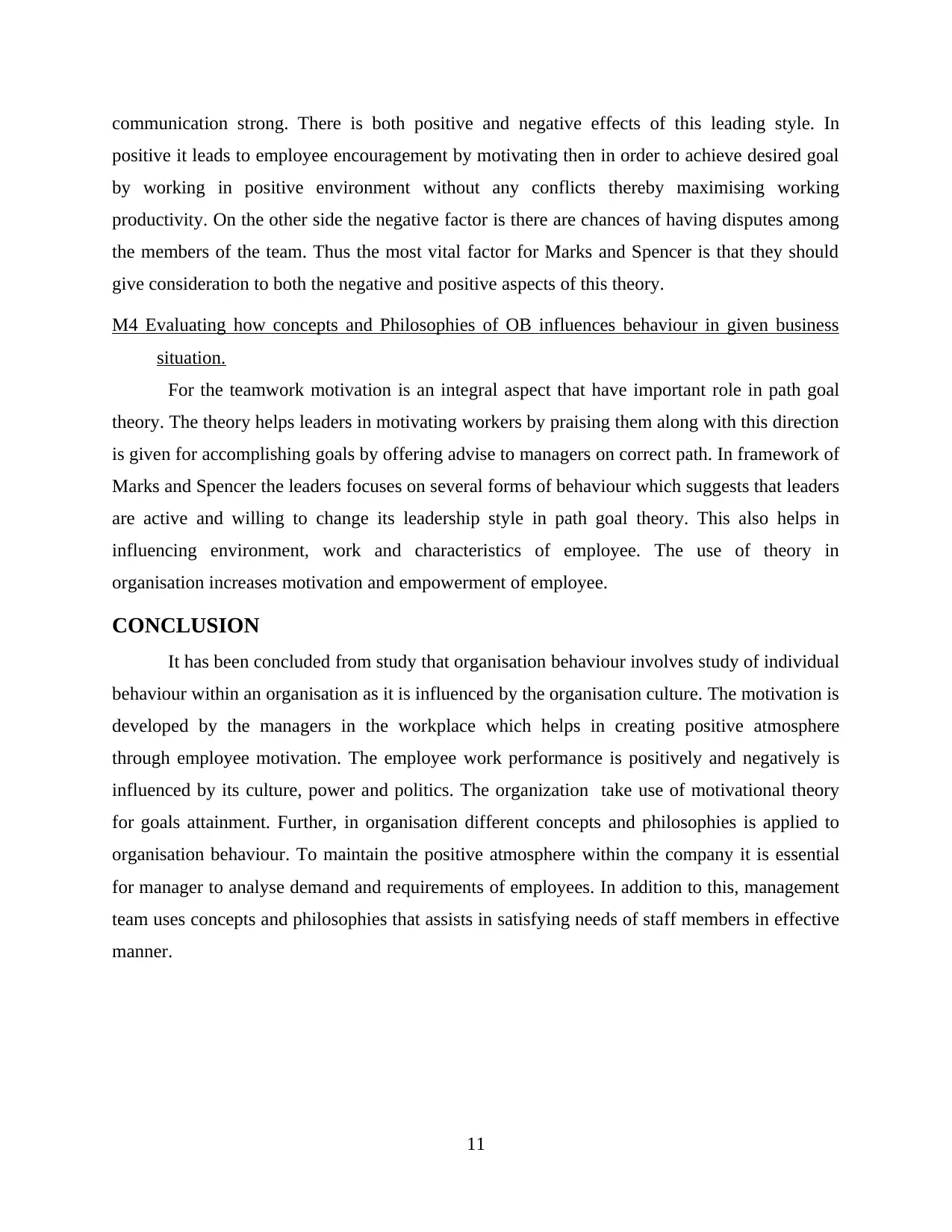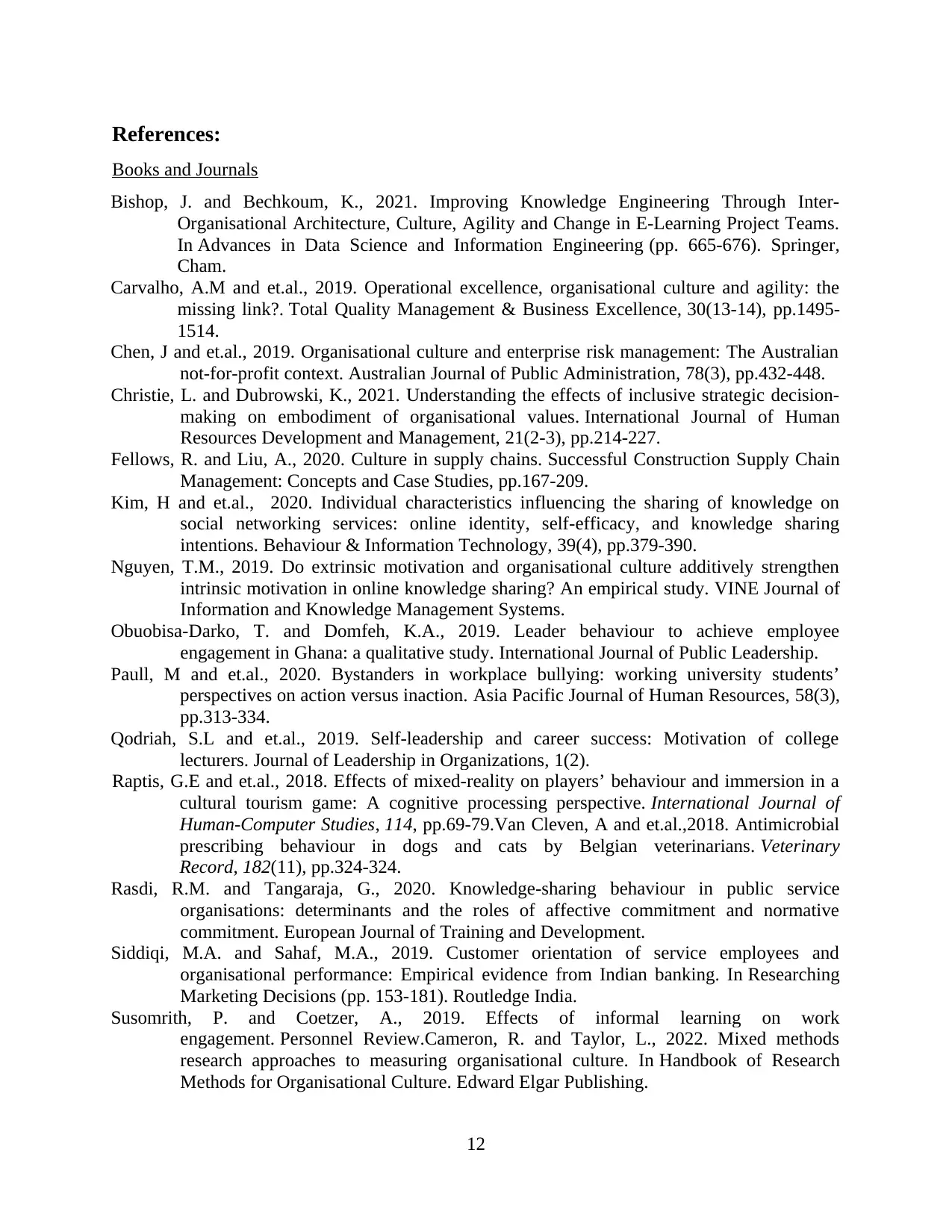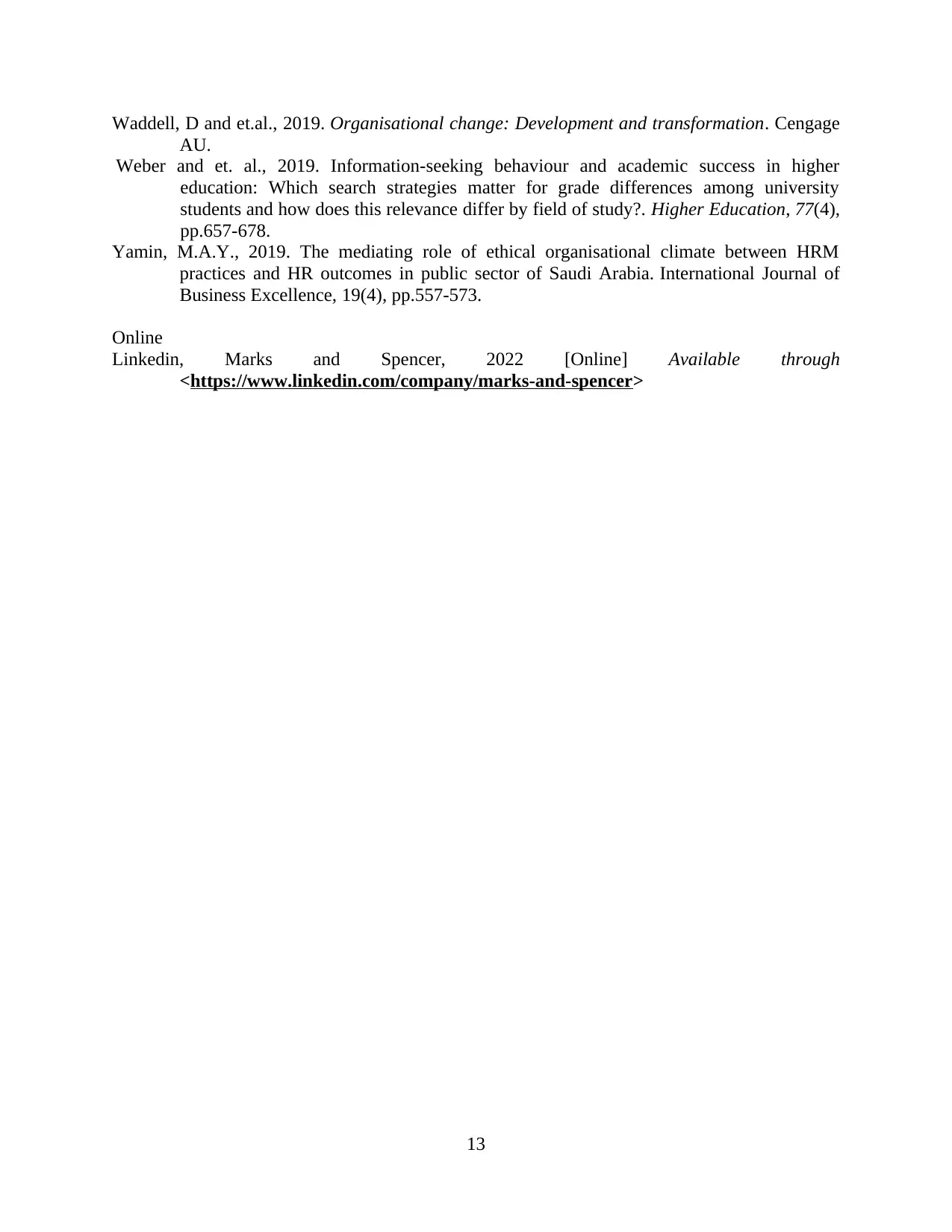Organisational Behaviour: Impact of Culture, Politics, Power, and Motivation Theories on Individual and Team Behaviour and Performance
VerifiedAI Summary
This report discusses the impact of culture, politics, power, and motivation theories on individual and team behaviour and performance in the context of Marks and Spencer. It critically evaluates the organisation's power, culture, and politics and how they influence individual and team behaviour and performance. It also discusses various motivation theories and how they affect the achievement of organisational goals. Additionally, it explains what makes an effective team and applies concepts and philosophies of organisational behaviour within an organisational context and given business situation.
![[object Object]](/_next/static/media/star-bottom.7253800d.svg)
![[object Object]](/_next/static/media/star-bottom.7253800d.svg)
